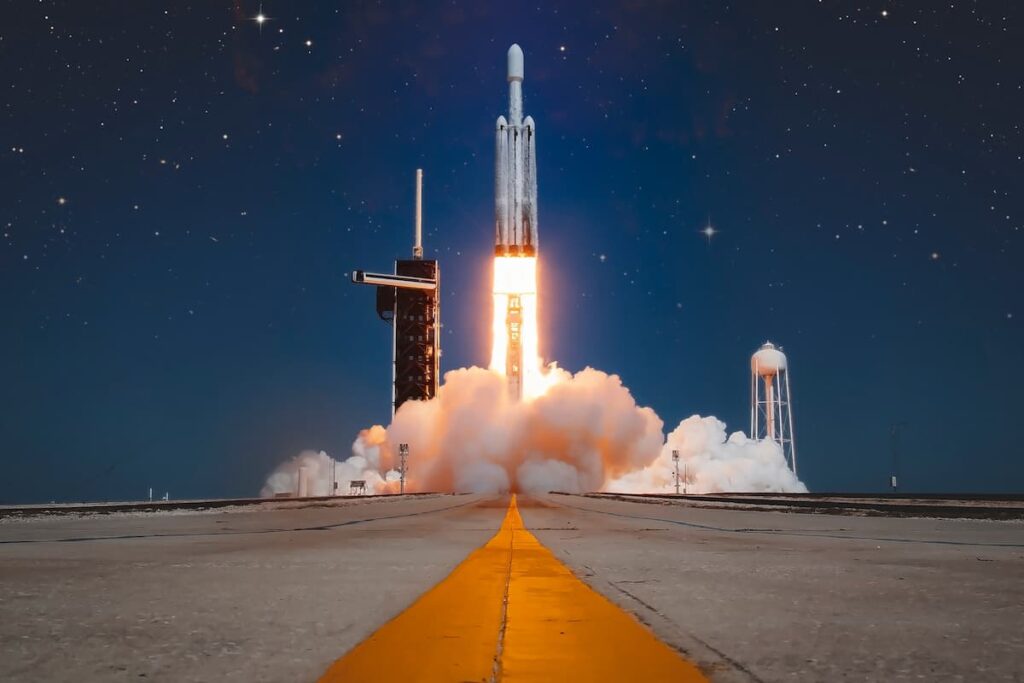A newly leaked federal budget draft reveals that NASA’s science division could face a dramatic reduction in funding, signaling a major pivot in the United States’ space priorities. The White House’s preliminary proposal would slash NASA’s science budget by nearly half—dropping it from approximately $7.5 billion to $3.9 billion—placing at risk a wide array of scientific programs focused on Earth, solar, planetary, and astrophysical research.
The proposed cuts come as part of a broader initiative to reallocate funding toward crewed space missions. Projects that aim to send astronauts to the Moon and eventually to Mars are expected to be spared, benefiting from strong political support in states with established aerospace industries. In contrast, robotic missions, space telescopes, and Earth observation programs would bear the brunt of the reductions.
Critical Missions and Facilities on the Chopping Block
Several high-profile initiatives may be delayed or canceled under the proposed budget. While flagship instruments such as the James Webb and Hubble space telescopes would remain funded, next-generation projects face an uncertain future. Among them is the Nancy Grace Roman Space Telescope, an observatory already constructed and scheduled for launch in the coming years. Its $3.5 billion price tag may become an insurmountable barrier under the new budget landscape.
Ambitious missions like the Mars Sample Return, which is designed to bring back geological samples collected by the Perseverance rover, are also threatened. Likewise, the Da Vinci mission to Venus, which aims to deepen understanding of Earth’s planetary neighbor, is among the scientific casualties.
In addition to specific projects, the proposal recommends shuttering NASA’s Goddard Space Flight Center, a major facility that directly and indirectly supports about 10,000 jobs. Such a closure would have widespread implications, not only disrupting scientific research but also affecting thousands of livelihoods in the surrounding region.
Space Science Community Raises Alarm
The proposed cuts have sparked widespread concern across the U.S. scientific community. Experts warn that the drastic funding reduction could dismantle entire programs essential for understanding climate change, planetary formation, and stellar dynamics. Observers note that reducing investments in space science would diminish U.S. leadership in global research and weaken collaborations with international partners.
The impact could extend beyond current operations, jeopardizing future talent development in astronomy, astrophysics, and planetary science. Without federal support, many young scientists may be forced to pursue careers abroad, potentially triggering a long-term brain drain as other countries increase their investments in research infrastructure and workforce development.
Despite these risks, the draft emphasizes a new strategic focus: advancing human spaceflight as a symbol of national prestige and technological ambition. The Artemis program, which aims to establish a sustained presence on the Moon, and preparations for future crewed missions to Mars have been shielded from budgetary reductions.
Uncertainty Surrounds NASA’s Future Direction
The leak occurred shortly after the nomination of a new NASA administrator, a private entrepreneur and amateur astronaut, who recently outlined an ambitious vision for the agency. His promises to accelerate Moon landings and lead the race to Mars now appear misaligned with the financial constraints NASA may soon face. Since his appointment is not yet confirmed, it remains unclear how much influence he had—or will have—over the finalized budget.
Adding to the confusion, Elon Musk, currently heading the White House Office of Government Efficiency, voiced concern over the leaked proposal. While supportive of scientific advancement, Musk acknowledged his inability to intervene due to his business ties with NASA through SpaceX, which remains a major contractor.
The current draft marks only the beginning of a complex budget approval process. The White House is expected to release a formal proposal in the coming months, after which congressional negotiations will commence. Lawmakers from both parties are anticipated to challenge several of the proposed reductions, particularly those affecting science and research.
The future of NASA’s scientific endeavors now hangs in the balance, with critical decisions ahead that could reshape the agency’s identity and global standing for decades to come.


